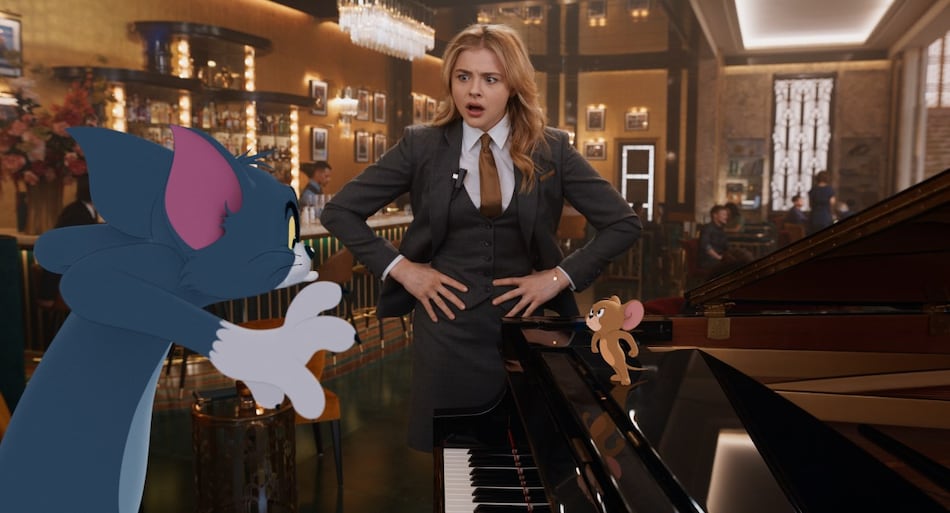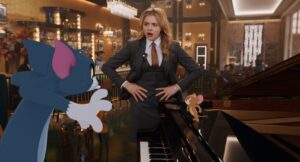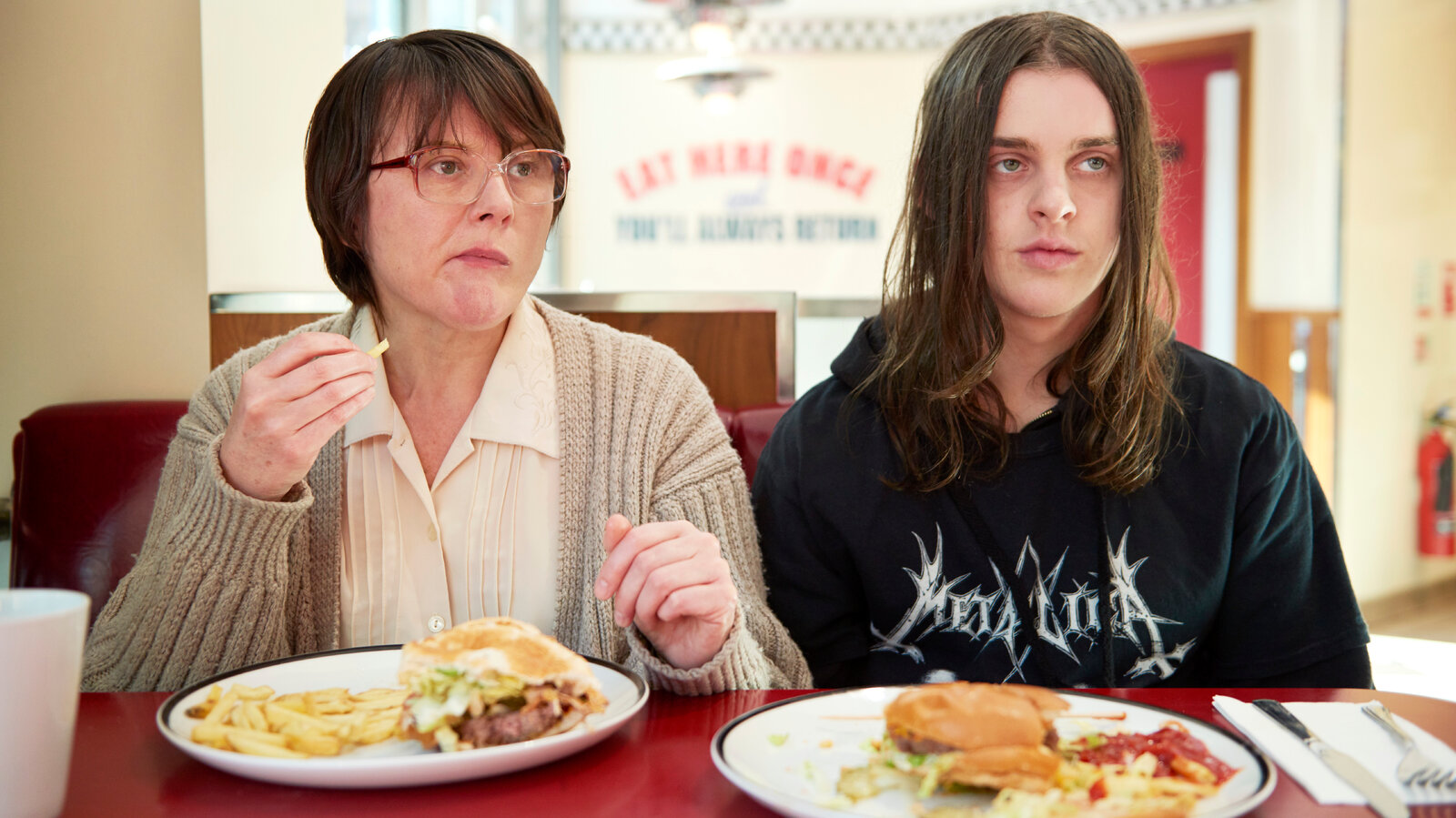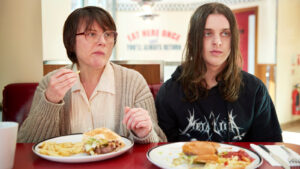Raya and the Last Dragon
Posted on March 2, 2021 at 10:13 am
A-| Lowest Recommended Age: | Kindergarten - 3rd Grade |
| MPAA Rating: | Rated PG for some violence, action, and thematic elements |
| Profanity: | None |
| Alcohol/ Drugs: | None |
| Violence/ Scariness: | Extended fantasy peril and violence, sword fights, martial arts, characters turned to stone |
| Diversity Issues: | A theme of the movie |
| Date Released to Theaters: | March 5, 2021 |
 “Raya and the Last Dragon” is a gorgeously animated fairy tale with thrilling action, irresistible characters, a heartwarming message, and Disney’s magic touch to lift the hearts of all ages. It has the scope and grandeur of a Fellowship of the Ring-style quest. It has a heroine of great courage, humanity, and integrity. And it has Awkwafina, the most inspired Disney choice to voice a fantasy animated character since Robin Williams in “Aladdin.”
“Raya and the Last Dragon” is a gorgeously animated fairy tale with thrilling action, irresistible characters, a heartwarming message, and Disney’s magic touch to lift the hearts of all ages. It has the scope and grandeur of a Fellowship of the Ring-style quest. It has a heroine of great courage, humanity, and integrity. And it has Awkwafina, the most inspired Disney choice to voice a fantasy animated character since Robin Williams in “Aladdin.”
Raya (Kelly Marie Tran) is a fiercely brave girl. Her adored father is Benja (Daniel Dae Kim). He guards a precious gem that protects his people from a wispy but toxic monsters called the Druun. They can lay waste to the land and turn people into stone.
Benja dreams of reuniting the five communities that were once one dragon-shaped land called Kumandra. Now the communities are separate, each named for a part of the dragon: Tail, Talon, Spine, Fang, and Heart, all at war with each other. Raya explains the history with the help of charming paper puppets that illustrate what happened when the dragons that always protected Kumandra were killed by the Druune, “A mindless plague that spreads like wildfire.” The last act of the last one, Sisu, was the creation of the magic gem.
Benja brings the leaders of the other communities together in the spirit of friendship and cooperation. But, as Raya says, “people being people,” they fight. Everyone else is turned to stone, but Benja saves Raya, and she goes off to find the last dragon so she can save her people and maybe even accomplish her father’s dream of a united country.
It goes very badly because of, well, people being people. The gem is shattered. The Druun return. And six years later, Raya is still looking for the last dragon.
This is one of the most purely beautiful films ever made by Disney, and that is as good as it gets. Each of the five lands and populations is distinctive, filled with inviting detail, and even the harshest and most intimidating landscapes are gorgeously imagined. Raya has been alone for six years, but after she finds the dragon she picks up some other characters as well, each one surprising and surprisingly endearing. The Infinity Stones-style structure, where Raya and her crew have to retrieve the pieces of the gem from the different lands provides a solid structure and forward momentum, and the smart script makes each mini-heist fresh and iterative, each building on the lessons of the last. Avoiding spoilers here to let you discover its pleasure on your own, I will just say that the dragon in the title has more than one persona, both equally adorable, but the second is especially well-designed and perfectly suited to Awkwafina’s literally off-beat vocal rhythms. Her comment about group projects where everyone gets the same grade even though everyone knows there’s that one member who did not do the work is a treat and a half.
In the final credits, we learn that this film was made by over 400 people working from their homes due to the pandemic. Whether that experience helped to shape the story or not, certainly the experience of the past year has made its themes of building trust and questioning our assumptions are even deeper and more meaningful. This is a wonderful film for children, but let’s face it, the ones who need to see it are the grown-ups.
Parents should know that this film includes extended peril and violence including characters turned to stone, martial arts and sword fights.
Family discussion: Why do humans have a hard time cooperating? Which of Sisu’s powers would you like to have? Where in Kumandra would you like to live? How do you know when to trust someone?
If you like this, try: “Brave,” “Moana,” and the original animated “Mulan“









